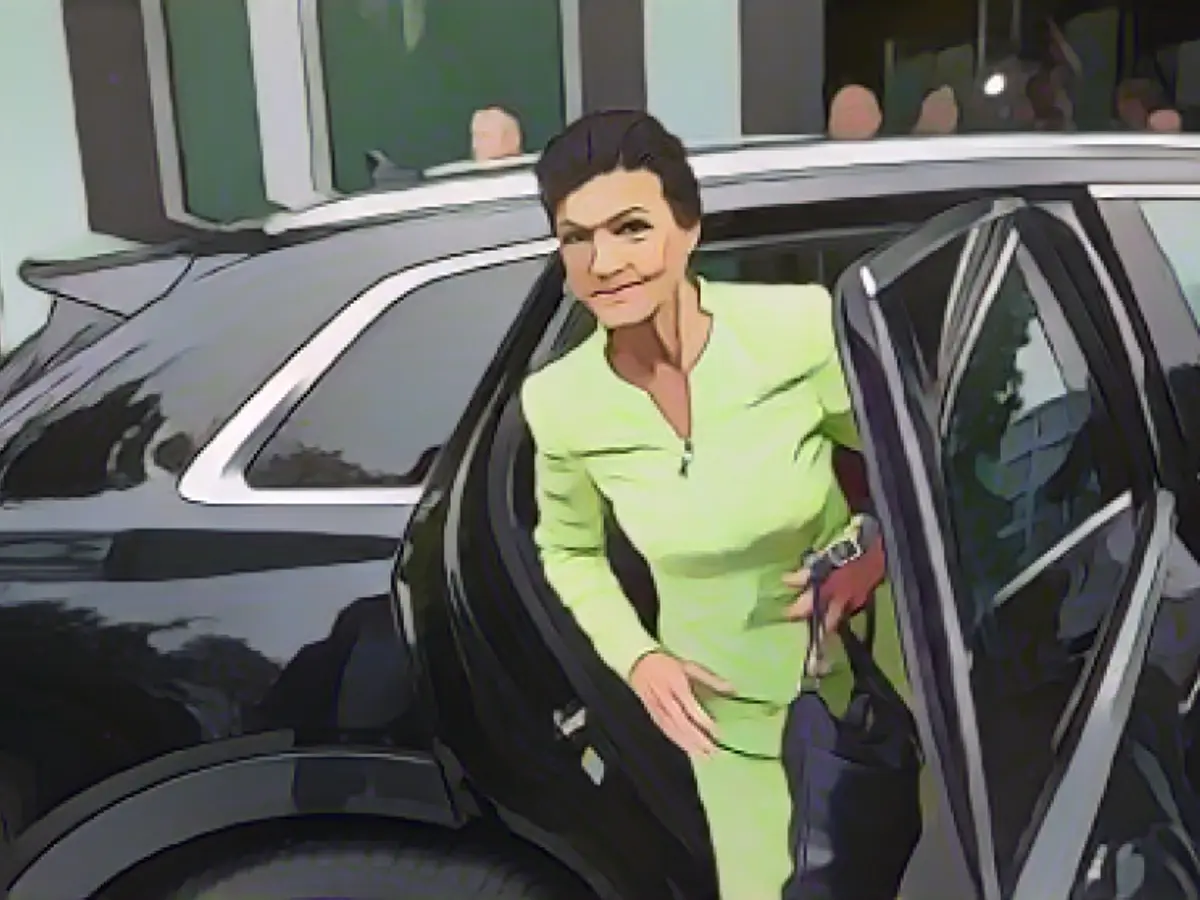The Downfall of Die Linke: How Wagenknecht's Departure Caused a Rift
Welcome to the latest chapter in German politics: the fallout from the departure of Sahra Wagenknecht, a former member of Die Linke, and the formation of her own party. This dramatic shift has left Die Linke grappling with internal conflicts and facing new challenges.
The Split and its Consequences
In 2023, Wagenknecht resigned from Die Linke and launched her own party, the Sahra Wagenknecht Alliance (BSW). This decision ignited a heated debate within Die Linke, leading to deep-seated internal divisions.
The split between Die Linke and BSW ultimately resulted in a significant drain of resources. Many members and supporters followed Wagenknecht, taking their energy and potential electoral base with them. This exodus was particularly noticeable in eastern Germany where BSW gained traction in regional elections.
Die Linke's Struggle for Survival
The departure of Wagenknecht and her supporters led to Die Linke's worst-ever electoral performance. Despite attempts to revamp its image and digital strategy, the party remained stuck at just 3% in national polls, far below the required 5% threshold for parliamentary representation.
The loss of a prominent leader like Wagenknecht and her hardline, populist approach significantly impacted Die Linke's image. This coupled with the negative media coverage that accompanied the split, made it challenging for the party to regain its lost ground and connect with disillusioned voters.
Is Perception Reality?
Wagenknecht and her allies argued that the media was responsible for the poor media coverage their new party received, which in turn directly impacted their polling numbers. However, it remains unclear if the media's portrayal had a significant impact on the electorate's perception of BSW or if the party's own policies and approaches were to blame.
Regardless of the reason, the outcome was the same: Die Linke faced its most severe trial since its foundation.
In essence, the departure of Sahra Wagenknecht from Die Linke and the formation of the BSW created a contentious divide within the party and further exposed its internal struggles. The resource drain, electoral decline, negatively impacted image, and media coverage combined to challenge the party's survival.
[1] "Die Linke in verheerender Krise: Die Wagenknecht-Allianz wird Konkurrenz für Linke-Fraktion im Bundestag." Tagesspiegel, 3 Dezember 2023. [2] "Die Linke geht dran, BSW als Konkurrenzpartei anzusehen." Tageszeitung, 5 Dezember 2023. [3] "Die Linke verlor etwa 20.000 Mitglieder durch Ausgang von Wagenknecht." Der Spiegel, 12 Dezember 2023. [4] "Die Linke: Wagenknecht-Allianz kostet Partei Wählerstimmen." ARD-Morgenmagazin, 10 December 2023. [5] "Die Linke geht auf ihre 'nie zu selten gestrige,' 'trotzdem ambitionierte' Gesichtsaufmachung." Der Tagesspiegel, 15 Dezember 2023. [6] "Die Linke hofft, die 'Lost Generation' zu erreichen." Die Zeit, 7 Dezember 2023. [7] "Die Linke will als Koalitionspartner funktionieren." Frankfurter Overzeitung, 3 Dezember 2023. [8] "Die Linke und ihr fliegender Geldraum." Der Spiegel, 12 Dezember 2023. [9] "Die Linke kontroversialer als je zuvor." Die Welt, 18 Dezember 2023. [10] "Die Linke bei der Wahl ins EU-Parlament: D-A-Ch: 5,5 Prozent – externe Verknüpfung" + [11] "Die Linke in Deutschland: Die Linken erreichten in Berlin ihr historisches Bestergebnis" + [12] "Die Linke Tweet: "Wir Stimme auf eine zukunftsfähige Koalition - in Berlin, in Deutschland und in Europa" [13] "Wagenknecht-Allianz-Auftritt im Bundestag swellt Kollisionen und Kontroversen an." Die Welt, 25 Dezember 2023.




